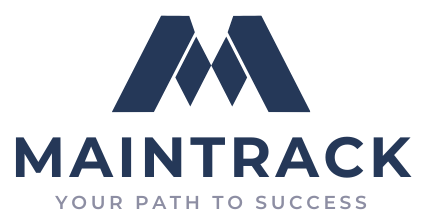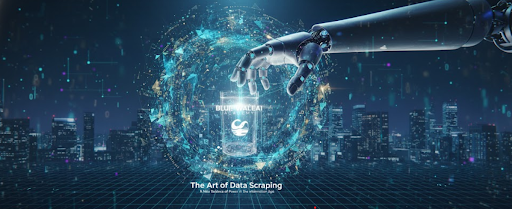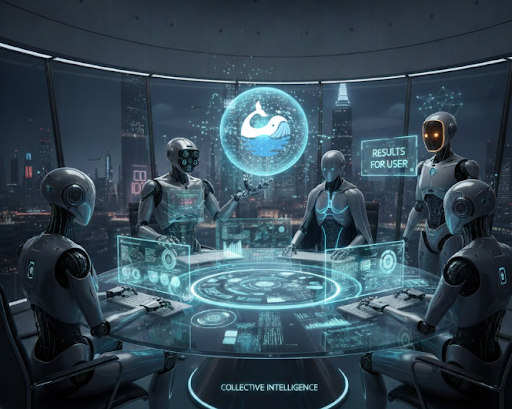We’ve all been there: we have an urgent problem with a product, we call the support line, and find ourselves in an endless queue, listening to that all-too-familiar hold music. It’s a moment of frustration in a world that promises instant gratification. When we face an issue with a product or service today, our first stop is customer service, and we expect an immediate, effective resolution. Customer expectations are higher than ever: 24/7 service, instant responses, and personalized solutions are no longer a luxury but a standard. However, even the most well-intentioned companies struggle to meet these demands with traditional methods, often leading to overworked agents and dissatisfied customers. This is precisely where evolving artificial intelligence technology steps in, fundamentally changing the equation.
The First Step: The Rise and Limits of Chatbots
When we encounter a potential problem, our first point of contact is often no longer a person, but a chatbot. These rule-based assistants have taken on a significant role by answering frequently asked questions, resolving basic issues, and directing us to the right department when necessary. They have enabled a faster initial contact for customers and lightened the burden of repetitive tasks for customer service employees. As a result, companies have gained operational efficiency and have been able to direct their human resources to more complex problems. However, this was only the beginning of the story. As useful as they are, chatbots are often limited by pre-programmed scenarios. Customers often found themselves trapped in frustrating loops, repeating their issue to a machine that lacked the context or flexibility to truly help. They can fall short when faced with complex or unexpected issues, leading to the dreaded “I don’t understand that request.” The real revolution is happening beyond chatbots, with “intelligent AI agents.”
The New Generation on Stage: Smart, Autonomous, and Human-Like AI Agents
The technology we are talking about today is much more than simple chatbots. Thanks to advanced platforms like Synthflow, Decagon, and Crewai, companies can now create AI agents that not only respond but also understand, learn, and autonomously solve problems. This new generation of agents takes on tasks in a wide variety of areas, including customer support, sales assistance, new user onboarding, and ticket resolution. Imagine an AI agent that doesn’t just answer questions, but proactively qualifies sales leads and schedules meetings directly into a salesperson’s calendar. Picture a system that guides new users through complex software, dramatically improving adoption rates and reducing early churn.
From a voice assistant that can understand the frustration in a customer’s tone through sentiment analysis to a multi-channel flow that can conduct a seamless dialogue across email, WhatsApp, and live chat, these agents are making the customer experience smarter, faster, and surprisingly human-like. The customer feels they are speaking not just with a piece of code, but with an “entity” that truly understands their problem and its context.
Fears and Opportunities: Will AI Take Our Jobs?
Of course, this technological leap brings with it a significant question: “Will AI take the jobs of customer service employees?” While this fear is understandable, it doesn’t reflect the whole picture. Throughout history, every technological revolution has transformed some job sectors while creating entirely new ones that didn’t exist before. The AI revolution is no exception.
Yes, routine and repetitive tasks will increasingly be handed over to automation. However, this does not diminish the value of the human factor; on the contrary, it enhances it. While AI agents handle simple issues, human employees have the opportunity to focus on the most challenging and valuable cases that require empathy, strategic thinking, and complex problem-solving skills. This creates a powerful synergy: AI manages the volume and speed, while humans provide the critical nuance and strategic oversight that builds lasting customer loyalty. This situation elevates the role of a customer service professional from a “problem solver” to a “relationship builder” and “brand ambassador.”
Furthermore, this technology itself is creating a massive field of employment. Behind these intelligent agents, there is a need for people who design, train, update, and supervise their operations within an ethical framework. New and exciting careers like “AI Conversation Designer,” “Automation Strategist,” and “AI Agent Trainer” are emerging, demanding a blend of technical and creative skills.
Prepare for the Future
Succeeding in this new order depends on having the skill sets of the future. It’s critically important not only to understand how chatbots work but also to know how to automate the customer journey, which AI tool to use for which problem, and how to manage these systems effectively. The transition is happening now, and the window of opportunity to lead this change is open for those willing to learn.
This is exactly where The Blue Whale AI Academy’s “Understanding AI Agents for Customer Service” course comes in. This course is designed to offer an entry point into this new world for CX leaders, support teams, automation strategists, and tech-focused startups. In this course, you will learn not only theoretical knowledge but also practical skills using industry-leading tools. This is an opportunity that can meet the needs of the future workforce and place you at the forefront of this transformation. The future of customer service is here, and you can be one of the people who builds it.
In this vast ocean of information, it’s time to join the crew. Welcome to The Blue Whale AI Academy.



